Immersive XR Headsets — lightweight, high-resolution, lower latency.
1. Introduction: Defining Immersive XR
XR stands for Extended Reality, an umbrella term that includes:
- Virtual Reality (VR) — fully immersive digital environments
- Augmented Reality (AR) — overlaying digital content onto the real world
- Mixed Reality (MR) — blending real and digital worlds interactively
An immersive XR headset aims to blend these realities in such a way that users feel present, engaged, comfortable, and responsive. In 2025, the push is toward making XR headsets that don’t feel bulky, blurry, or laggy — but instead deliver seamless high-fidelity visual experiences with minimal physical and perceptual strain.
Three of the most important qualities that define a high-quality immersive XR headset today are:
- Lightweight / comfortable physical design
- High resolution / sharp visuals
- Low latency & accurate tracking
This article examines each of those, how they are being improved, what the trade-offs are, and what to expect moving forward.
2. What Makes an XR Headset “Immersive”
Immersion in XR depends on multiple factors together. Some of the key dimensions:
- Visual fidelity: resolution, refresh rate, contrast, color accuracy
- Low perceptual latency: delay between head or eye movement and display update
- Wide field of view (FOV): wider view reduces peripheral cutoff, increasing realism
- Comfort & wearability: weight, balance, cooling, fit, material
- Interaction & tracking: hand tracking, eye tracking, gesture & voice input
- Audio fidelity & spatial sound
- Software & content: richness, consistency, responsiveness
Even if the display is very sharp, but latency is high, or device is heavy, user discomfort (motion sickness, fatigue) will reduce immersion drastically. The engineering challenge is optimizing across all these factors without one compromising the others too much.
3. Key Technical Criteria: Weight, Resolution, Latency
Let’s break down the critical metrics in more detail.
3.1 Weight and Physical Comfort
- The current trend is toward lighter standalone or tethered headsets. Heavy devices strain the neck, cause discomfort, reduce session times.
- Lighter weight requires lighter materials, optimized structure, efficient cooling, and often trade-offs in battery size or components.
3.2 Resolution & Visual Clarity
- Higher resolution per eye improves the sharpness of text, reduces “screen door effect” (visible grid of display), especially in VR.
- OLED, micro-OLED, and fast LCD panels are being used. Some new prototypes offer extremely high pixel densities.
3.3 Latency, Tracking, Motion Response
- Motion-to-photon latency: time from head movement to the display updating. Must be very low (often under ~20ms, ideally ~10-15ms or lower) to avoid motion sickness.
- Eye tracking & foveated rendering: by knowing where the eye is looking, render full resolution only in that area, reduce computation elsewhere → this helps push performance while reducing load.
3.4 Frame Rate & Refresh Rate
- Higher refresh rates (90Hz, 120Hz, 144Hz or more) help smooth motion, reduce judder.
- Combined with high resolution, demands on processing power and display panel performance increase.
4. Display Technologies & Visual Quality Advances
To support high resolution & clarity, XR headsets are advancing in display tech. Key trends:
4.1 Micro-OLED & High-Pixel Density Panels
- Micro-OLED is emerging as a key technology for XR headsets, offering high pixel density, excellent contrast (true blacks), and compact size.
- For example, claims in news reports about upcoming devices suggest displays with 4K quality per eye or even higher. E.g., Samsung’s rumored Project Moohan; one leak indicates its display offering ~4.3K resolution per eye at 90fps. The Verge
4.2 Pancake Optics & Folded Optics
- Pancake optics (folded light path) allow thinner headsets by folding the light path inside, which reduces pack depth and helps reduce weight and bulk.
- These optics help bring face-to-display distance lower without requiring large lens housing.
4.3 Eye Tracking & Foveated Rendering
- Eye tracking helps in rendering efficiency: only render the highest fidelity where user is looking; elsewhere use lower resolution. Saves power and improves latency.
- Some recent research (e.g. JaneEye, an eye-tracking accelerator) delivers extremely high speed for eye tracking (2K-FPS, very low latency) and very low energy per frame. arXiv
4.4 High Refresh Rates & Display Smoothness
- To reduce motion sickness or discomfort, smooth motion is essential. Headsets are targeting 90-120Hz or more.
- Also, improvements in anti-aliasing, low persistence displays (minimizing blur) are important.
5. Ergonomics, Comfort & Lightweight Design
An XR headset might be extremely powerful — but if it hurts to wear, people won’t use it for long. Some design approaches and materials being used:
- Weight distribution: moving battery packs to the back or side straps to balance the front display, using counterweights.
- Use of lightweight materials: plastics, carbon fiber, lightweight metals, breathable padding.
- Adjustable fitting: straps, face cushions, customizable shape to accommodate different head sizes, spectacles etc.
- Cooling & ventilation: heat is a challenge — powerful processors produce heat; keeping headset cool without bulky fans or noise is important.
- Modular design: replaceable parts (cushions, straps) to maintain comfort over time.
Survey data suggest many users place comfort and lightweight build high on their priority list. In a UX survey cited in a report, lightweight build was among the top features (e.g. ~38% of respondents mentioned it) along with high screen resolution, while comfort for long sessions is a recurring concern. ARtillery Intelligence
6. Latency, Tracking & Motion Sickness
Even with great hardware, latency and tracking issues can betray immersion. Key points:
6.1 Components of Latency
- Motion tracking latency (how fast sensors register head/eye movement)
- Rendering latency (how quickly GPU/compute processes new frames)
- Display refresh and pixel response latency
- System latency (operating system, data transfer, input lag)
Reducing each is essential.
6.2 Tracking Technologies
- Inside-out tracking: uses cameras and sensors on the headset to track position in space, no external sensors needed. More portable, but computationally heavy and sensitive to environment.
- Outside-in tracking: external sensors or stations help track the headset; often more accurate but less portable.
- Eye tracking: supports foveated rendering, gaze-based input.
- Hand/gesture tracking & controllers: input devices must follow quickly and smoothly; any lag is jarring.
6.3 Motion Sickness & Visual Discomfort
- Caused by mismatches between visual motion and vestibular/otolith cues, or by lag, judder, low frame rate, or delay in head tracking.
- Also related to field-of-view, optical distortions, refresh rates, latency.
Manufacturers try to mitigate via: low-persistence displays, masking motion blur, predictive rendering, balancing weight and comfort so no strain.
7. Other Important Features: Field of View, Audio, Interaction
To complete the immersive experience, other dimensions matter:
- Field of View (FOV): wider FOV gives more natural sense of immersion; typical range is 90-120°, but higher is better. Smaller FOVs break immersion.
- Audio & spatial sound: 3D audio cues, spatial sound helps ground presence, locate objects in virtual space.
- Interaction: natural inputs (hand, eye, voice, gesture) are increasingly vital. Controllers are fine, but people prefer more natural ways once possible.
- Mixed Reality & Passthrough: for AR/MR, ability to see the real world and overlay content; passthrough cameras or optical see-through tech.
- Wireless / Standalone vs Tethered: Standalone devices are more convenient, but often limited in performance. Tethered devices (connected to a PC or powerful external processor) can offer more visuals but at cost of bulk, cables, and possible latency.
8. Leading XR Headsets in 2025: Highlighted Models
Here are some of the headsets pushing boundaries in 2025 (or rumors/prototypes) that show high resolution, lightweight design, or low latency.
- Samsung “Project Moohan” – According to leaks, this Android-based XR headset will feature very high display resolution (4K-plus per eye) at ~90fps, using a Snapdragon XR2 Plus Gen2. Also supports multiple input modes (hand, eye, voice). It weighs ~545 grams. The Verge
- Meta Quest 3S – A more affordable option; though its resolution and optics are less advanced than premium models, it delivers good value and addresses certain latency / comfort trade-offs. Price drops have made it more accessible. PC Gamer
- XREAL’s Project Aura (smart glasses) – announced at Google I/O 2025; intended as optical see-through XR device. Lightweight glasses that bring AR/MR features with compact form factor. The Times of India
- Apple Vision Pro – Even though high in price and perhaps weight, it remains a benchmark for image fidelity, spatial computing, eye tracking, etc. In many reviews users note Apple’s strength in resolution, optical clarity, software, but also point out discomfort during extended wear. (Weight & heat are cited as issues.) Reports & surveys reflect that trade-offs still exist. TelecomTV+1
These devices illustrate what is possible and also the trade-offs that are still common: balancing resolution & visuals vs weight & battery life vs cost.
9. Use Cases & Applications
Immersive XR has many applications beyond just gaming. High resolution, lightweight headsets with low latency open up more possibilities.
9.1 Gaming & Entertainment
- Full immersion, realistic visuals, interactive VR games
- Virtual cinemas, immersive storytelling, concerts, films with presence
9.2 Enterprise & Industrial Use
- Training & simulation (pilots, surgeons, factory workers)
- Remote collaboration & design visualization
- Maintenance & remote assistance
9.3 Education & Training
- Virtual classrooms, field trips, science labs, historical reconstructions
- Skill training where hands-on practice is dangerous or costly
9.4 Healthcare & Therapy
- Rehabilitation (physical therapy, exposure therapy)
- Pain management, psychological therapy using immersive experiences
- Surgical planning, remote diagnostics using AR overlays
9.5 Productivity & Mixed Reality
- Mixed reality headsets for workspace: virtual monitors, overlays, augmented data
- Remote work, collaboration, productivity tools
9.6 Social & Communication
- Virtual meeting spaces, social VR, events, shared experiences
10. Market Trends & Challenges
It’s not all smooth sailing: there are trends toward growth but also clear challenges.
10.1 Market Trends
- Growth in AR + AI integration: AR smart glasses and MR devices gaining interest. XR Today+3Counterpoint Research+3TelecomTV+3
- Demand from enterprise sectors (healthcare, training, manufacturing) where value justifies cost. Verified Market Reports+1
- Improvement in display tech, optics, latency, weight as hardware improves.
10.2 Challenges
- Cost: Premium headsets are expensive. Many consumers are price-sensitive. Business Research Insights+2PW Consulting+2
- Content & Use Cases: Lack of compelling content beyond gaming for mainstream users; enterprise use helps but consumer adoption lags. TelecomTV+1
- Comfort & Wear Time: Even with lighter designs, weight, heat, eye strain remain issues.
- Latency & Motion Sickness: Many devices still struggle with perceptual latency, blur, or mismatch between visual motion and balance.
- Battery Life & Power Consumption: High fidelity displays, high frame rates, tracking, eye tracking all consume power; trade-offs with weight or tethering required.
- Fragmented Ecosystem & Standards: Different hardware, software platforms, limited interoperability.
- Declining Hardware Shipments: Some reports show XR headset shipment declines (VR especially) in recent years, due to weak consumer demand and high prices. TelecomTV+1
11. Future Directions & Innovations
What are the emerging trends, what to expect in the near future:
- Ultra-light models: Pushing down to <500 grams more commonly; better weight distribution; materials like carbon fiber or lighter composites.
- Better optics & display tech: Micro-OLED, higher pixel density, better color fidelity, high refresh rates, wider fields of view.
- Improved Eye Tracking & Foveated Rendering: More efficient rendering; higher frame rates in the foveal region; lower power usage.
- Low-latency hardware & software pipelines: More efficient chipsets, predictive rendering, local computation, optimizations (as in research on energy-latency-accuracy trade-offs). arXiv
- Mixed Reality / Passthrough AR/Optical see-through improvements: more realistic overlay, better transparency, less latency, better depth perception.
- Better heat management & battery improvements: perhaps modular battery packs, wireless power assist, or battery technology improvements.
- Price drops & more mainstream options: as production scales, component costs fall, economies of scale, more affordable mid-tier XR headsets.
- Software ecosystems & content maturation: more apps beyond games — productivity, education, enterprise, virtual social spaces.
12. What to Look for When Buying or Developing an XR Headset
If you’re a consumer, enterprise buyer, or developer, here’s a checklist of what to examine:
| Feature | Why It Matters | Good Benchmarks / What to Aim For |
|---|---|---|
| Weight / Comfort | For long sessions, reducing strain → better user adoption | Under 500-600g for full headsets is desirable; good padding; balanced design |
| Resolution / Pixel Density | Sharp visuals → less screen-door effect and eye strain | Aim for at least 2K per eye; higher if possible; micro-OLED panels are a plus |
| Refresh Rate / Frame Rate (Hz / FPS) | Smooth motion, less blur and motion sickness | 90Hz minimum; 120-144Hz where possible |
| Latency (motion to photon + eye tracking) | Delays are perceptible; lag breaks immersion | Total latency under ~20ms; eye-tracking latency very low (few ms) |
| Field of View | Wider FOV = more immersive | 100°-120°+ is good for many use-cases |
| Tracking & Controls | Accurate tracking necessary for AR/VR; natural input methods improve usability | Inside-out tracking; hand/eye/voice input; reliable controllers |
| Mixed Reality Capabilities | For AR / passthrough / MR, good passthrough clarity, low latency, see-through or high-quality camera feed | |
| Battery Life & Power | Better battery or alternative power needed for portability | 2-4+ hours for standalone use; detachable packs or efficient battery tech helps |
| Software & Ecosystem | Apps, updates, support are as important as hardware | Strong platform with content; regular firmware updates; developer support |
| Price & Value | Cost vs features; often mid-range offers best trade-off | Balance what you need vs what you pay; sometimes paying more for resolution or comfort is justified |
13. Conclusion
Immersive XR headsets in 2025 are at an inflection point. The hardware is clearly improving: lighter designs, high resolution displays, better tracking, and latency reductions are all pushing the experience closer to what many envisioned as the future of spatial computing. However, challenges remain: cost, battery, weight, software & content gaps, and user comfort.
For consumers and enterprises alike, the question isn’t just “which headset has the highest specs” but “which headset gives the best usable immersive experience given trade-offs.” Over time, as component costs drop and innovation continues, what once was premium will trend toward mainstream.
If you’re considering adopting XR headsets (for personal use, business, or development), focus on the balance: visual fidelity + low latency + comfort. That’s what makes an experience feel truly immersive rather than just flashy.
Share this content:
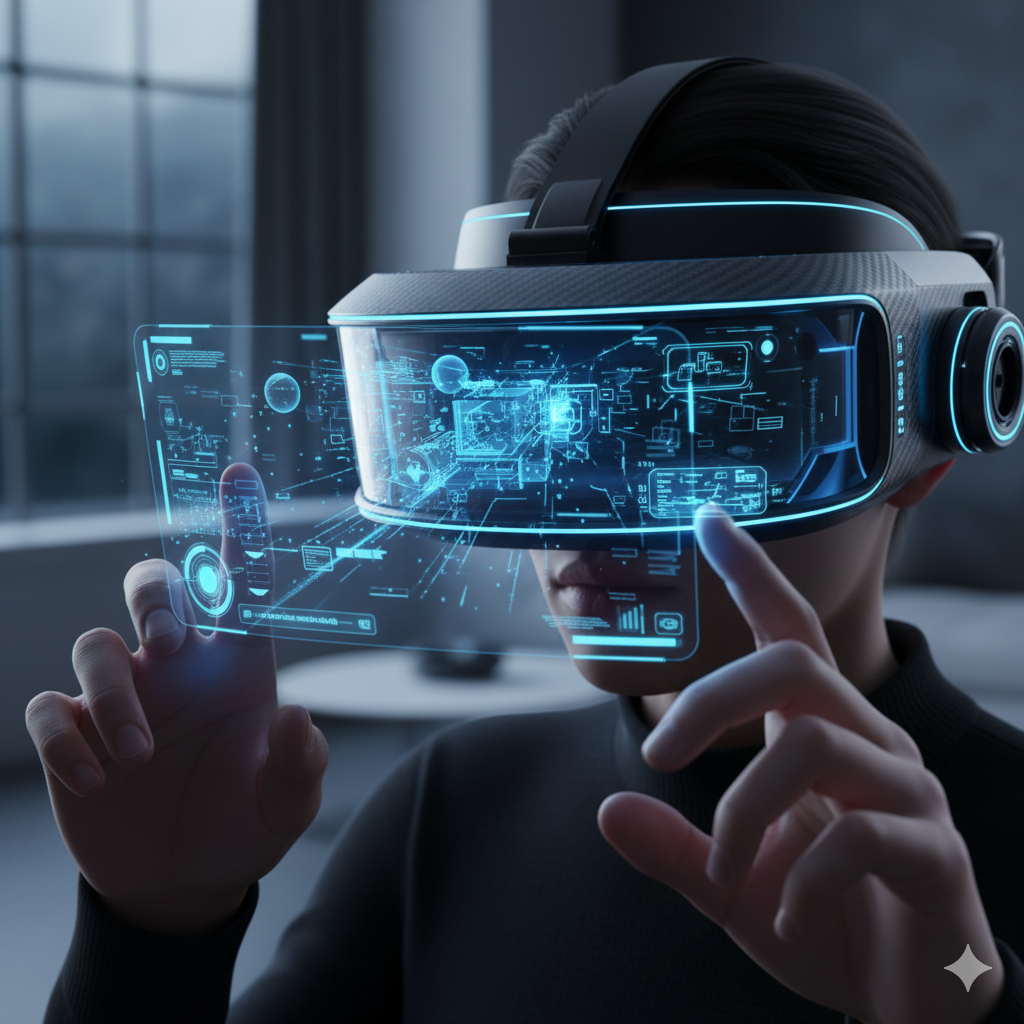
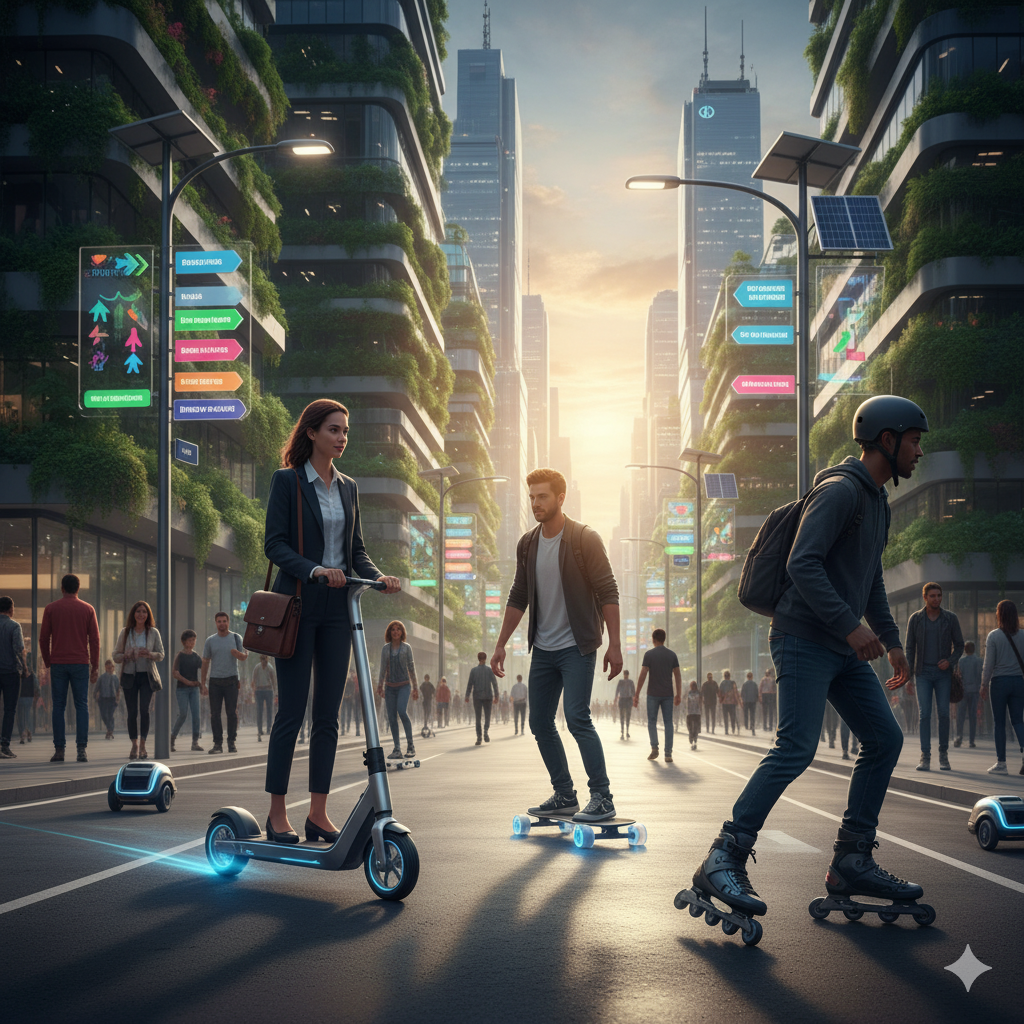
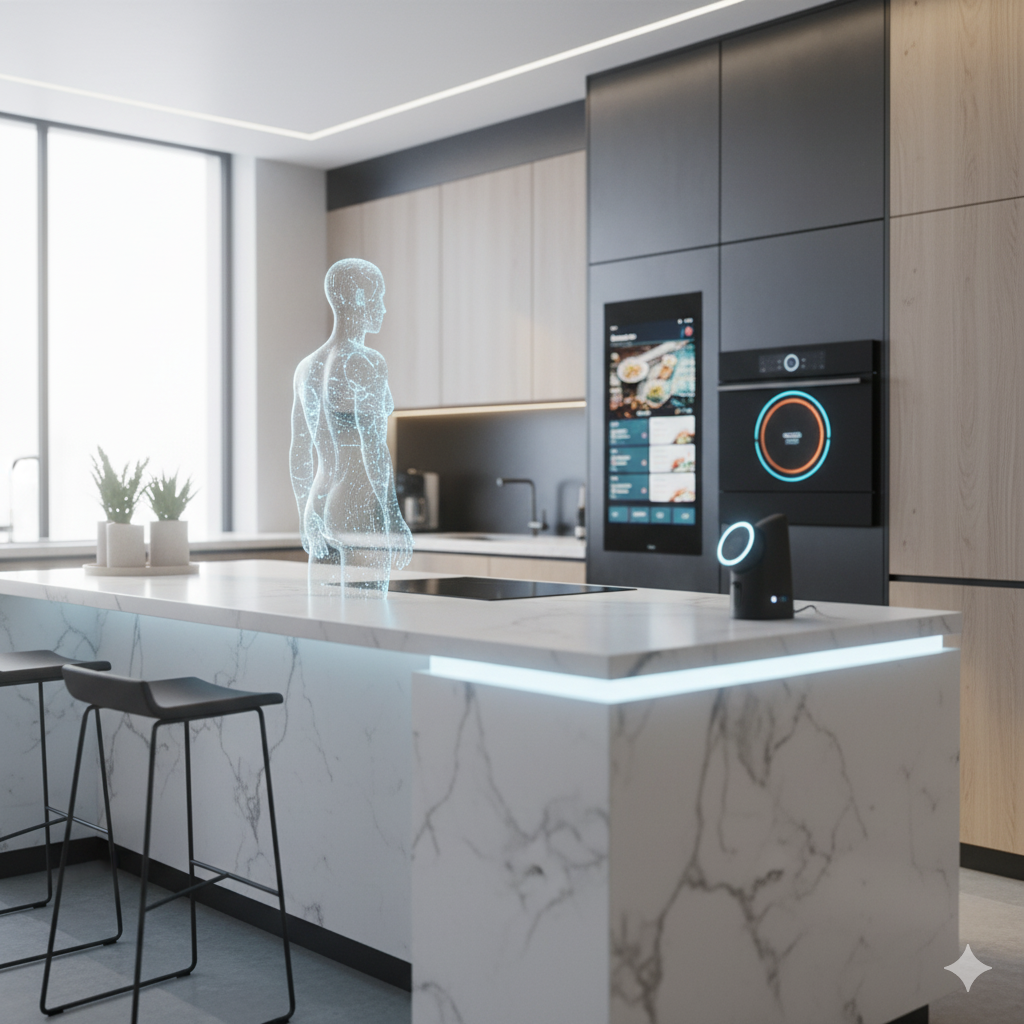
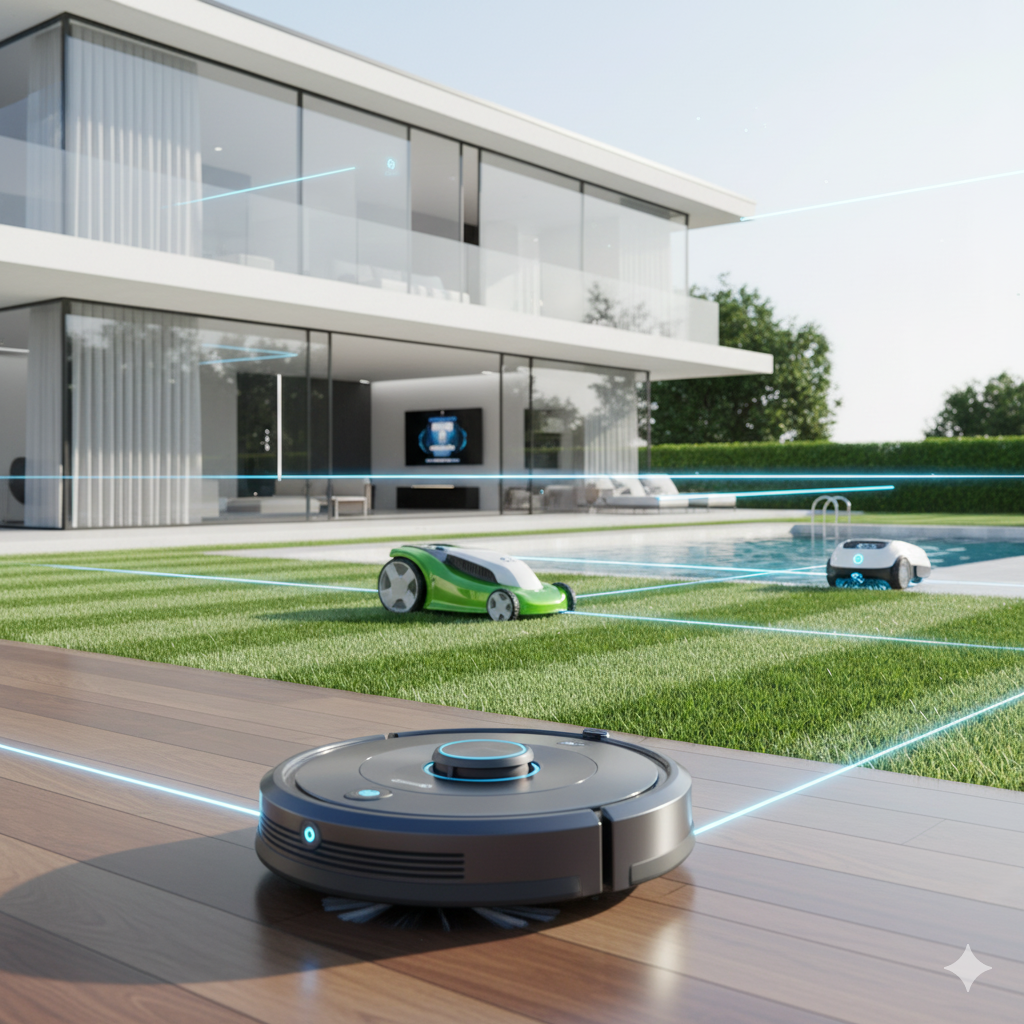
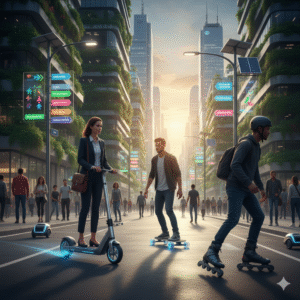
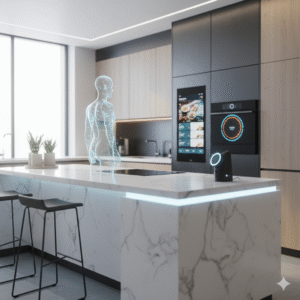



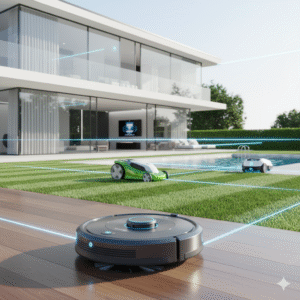
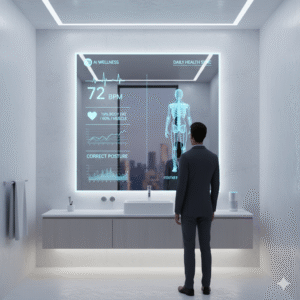
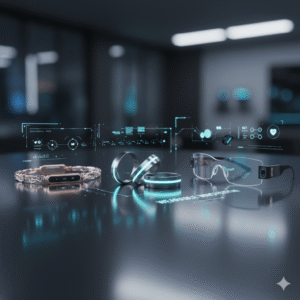
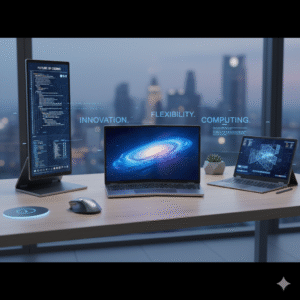
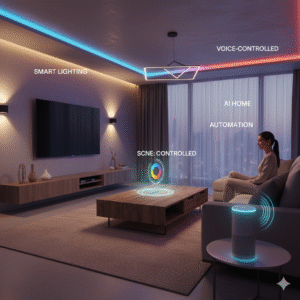
Post Comment